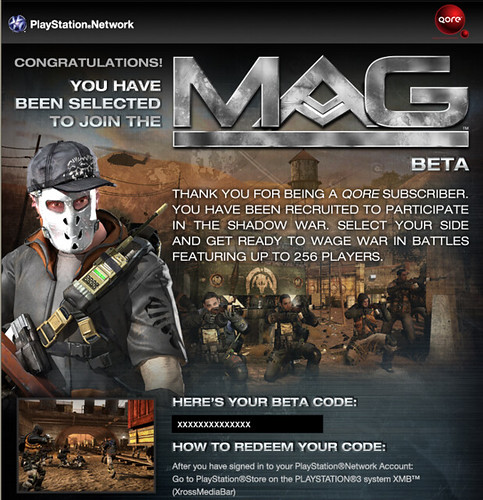Click here for part 1!
So what does this mean for multiplayer games?
Whenever a person gets an invite to a closed beta, or there is an open beta, we are not getting access to an actual developers’ beta. More often than not, participation in a beta today means that the product is in its intended release state. Any changes that need to be made at this point in development will either be bug fixes that the QA didn’t catch, or if the problem is anything major, it will have to be fixed in one of those dreaded day-one patches.
All of this means that the devs are not necessarily going to change anything in the game by the time it reaches the public beta state, and are more than likely just checking to see if their servers can handle the loads of people downloading and playing their game on launch day.
Let’s be clear though: sometimes things in the game do change a little bit. Balance, for example; devs are constantly looking at the power balance between different weapons in Planetside 2, or the effectiveness of cards in Hearthstone. However, let’s also be clear that they make these changes after launch as well. It’s just that under the guise of “beta,” they can make these balance changes without the fear of the fans reacting negatively because ‘hey, it’s in beta.’
What about early access?
A trend that is quickly becoming the norm is the ability to pay for “early access.” We see this on Valve’s Steam service all the time. Basically, early access is a way for the consumers to play a game which is not in its final state.
Unlike betas, early access does allow a person to play an unfinished product, while also helping to fund the development. You could look at it as almost similar to Kickstarter, where your money is going directly to the developers to finish the game.
The problem with early access is that people have gotten used to public betas. When a dev team decides to do an early access campaign to get more funding, the people paying for said access are expecting the game to work. They are expecting it to be a finished product and will complain when the gameplay, graphics, or sound is not up to par. And why not? People are used to having these public betas in which the games are finished products, ready to ship to customers.

I still don’t get why the developers don’t/can’t change (X) before launch day. Why is that?
To put it simply, by the time a game reaches the open beta status, the game has already been distributed to the manufacturers for physical copies and sent for certification for digital. They can’t change anything. They don’t have enough time.
Any changes that need to be made will have to come after the game is released. Of course, there will be folks who think that since the game is still in “beta,” then there is still time to fix major issues. This just isn’t true. Day-one patches and server downtime on release day are a result of not having time to fix what needs to be fixed.
Then how do you explain games that still don’t work after the day one patches?
Didn’t the devs learn anything from the beta? What’s the point of a public beta if the game is still broken upon release? Click here for part 3, controversies of betas!







Published: Jan 8, 2014 07:49 am